See mid month update in my newsletter here https://mailchi.mp/2132b158b2c2/sow-transplant-water-harvest?e=d992f1d9c9
The weather has been unusual. June for example was sunnier than normal, yet no warmer than normal, thanks to some exceptionally cool nights which really slowed down growth of summer plantings such as beans and cucumbers.
The dry theme of 2022 continued and watering will be a big feature of July for many of us. Give as much as you can, but not every day, say every 4 to 5 days, so that you lose less to evaporation.
Learn more on a day course here, we have a few places still on summer dates. Then Homeacres is open on 4th September.
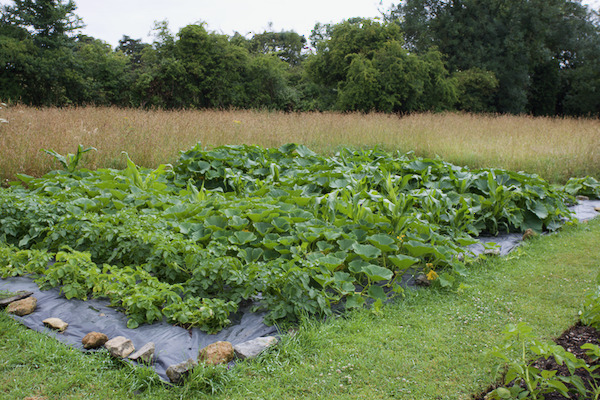
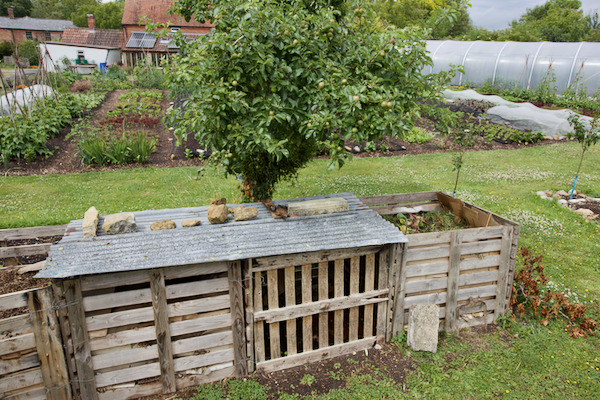

Plant raising
Keep up with propagation. You can still sow chicories (asap for radicchio), lettuce, endives, spring onions, beetroot asap, carrots asap, then kohlrabi, and Florence fennel too. I’m giving an afternoon course here 13th July, about succession planting.
I am still trialling composts and am getting close to a strong mix which compares really well to other composts I’m purchasing. I shall share the recipe when I’m certain.

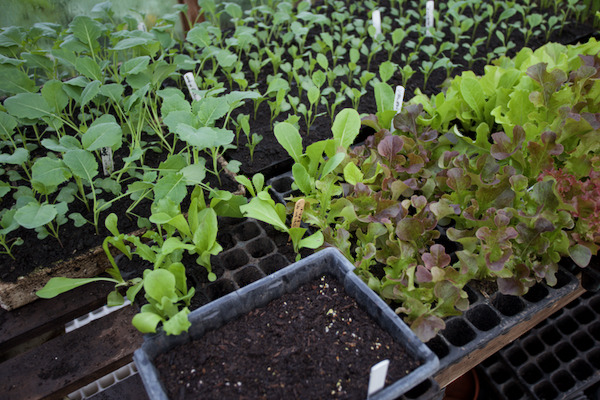

Transplant small
The next two galleries of photographs show the size of transplants we put in. Although they look vulnerable at that stage, they always amaze me with how quickly they establish and before you know it, you have really strong and sizeable plants.


Leeks are an exception. They need a longer growing season and we sow them during April, four seeds in each cell of a CD60. Then we pot them into 7 cm pots after 5 to 6 weeks so they are ready to follow potatoes etc at this time of year.
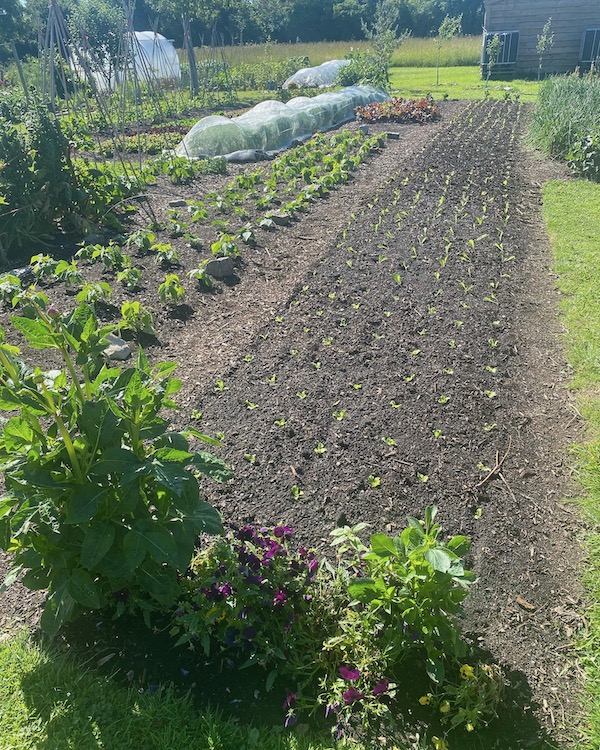
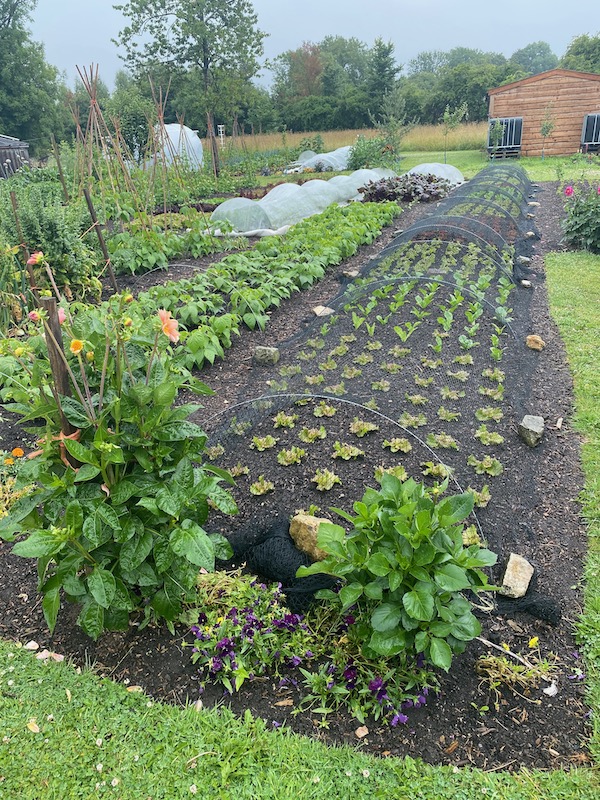
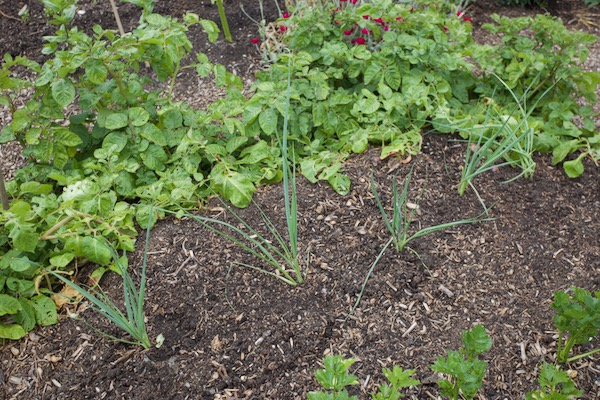
Harvests, weekly advice
You can subscribe to our weekly newsletter, with Anna’s contribution giving the perspective of somebody new to vegetable gardening. In fact to gardening altogether! We give advice on all aspects of what needs doing in that week.
For general no dig advice, I have spoken the book I wrote as part of the online course series.
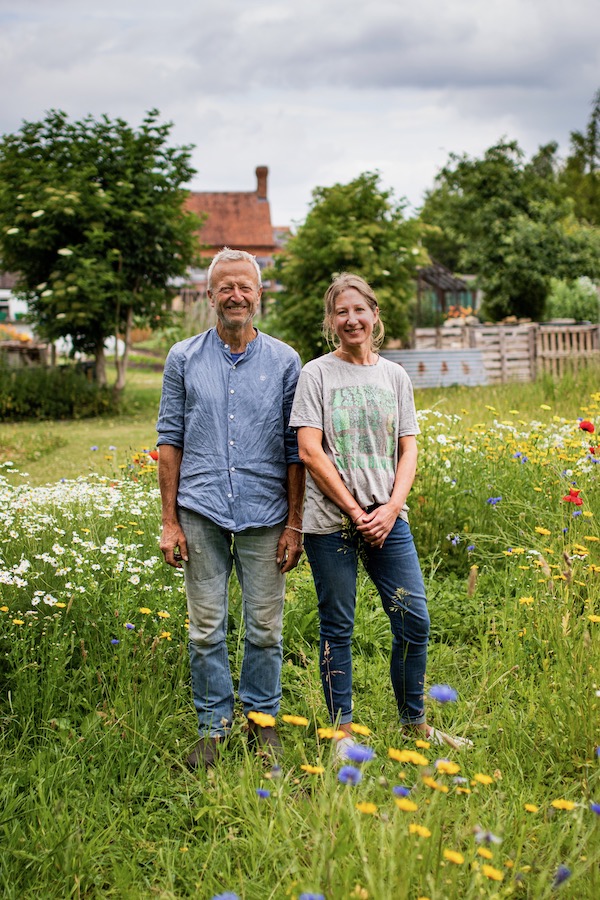

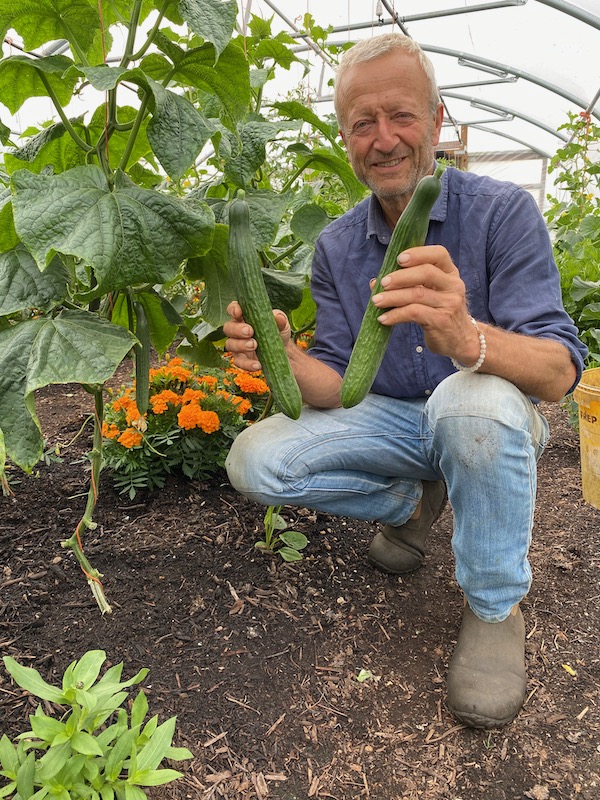
Harvest timings
The beetroot have grown very large. Nonetheless they are still tender and this is a feature of healthy soil, as opposed to when synthetic fertilisers have been used, for example, resulting in roots going woody when very large.
Watch out for downy mildew on onions and pull them before it’s too established, if it happens.
I recommend that you harvest potatoes before the leaves all die, to reduce slug damage in potatoes left in the ground. See me doing this in the recent Small Garden video.
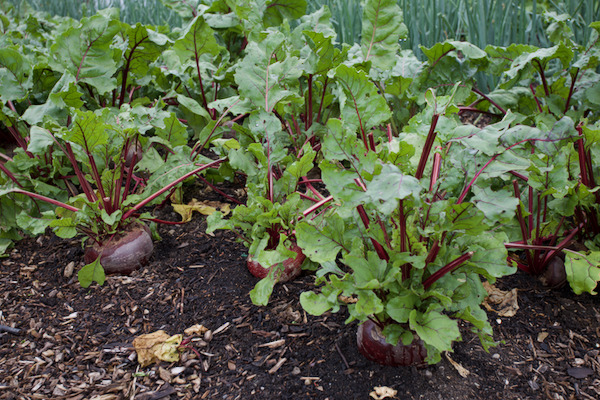
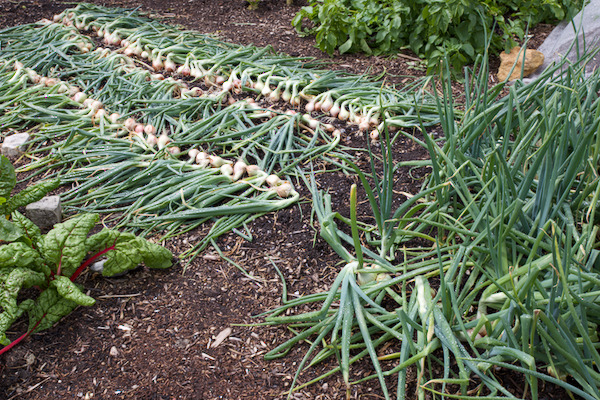
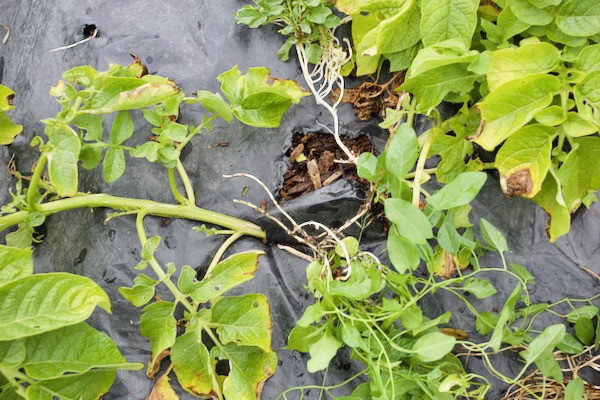
Intersow Interplant
No dig opens the door to many exciting possibilities, because there is no soil preparation needed for new plantings and there are few weeds. No new compost is needed.
You can pop seeds or plants in, where the first harvest is still growing, but will finish within about one month.
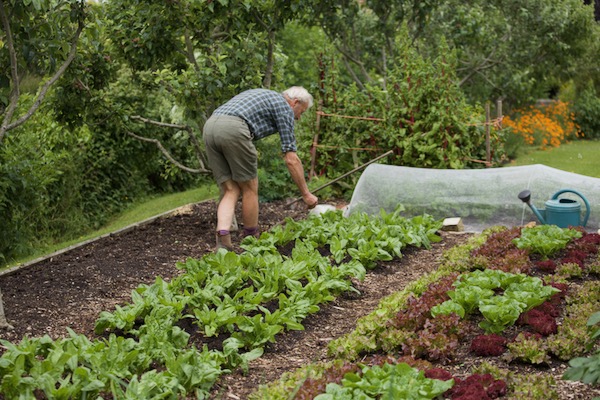
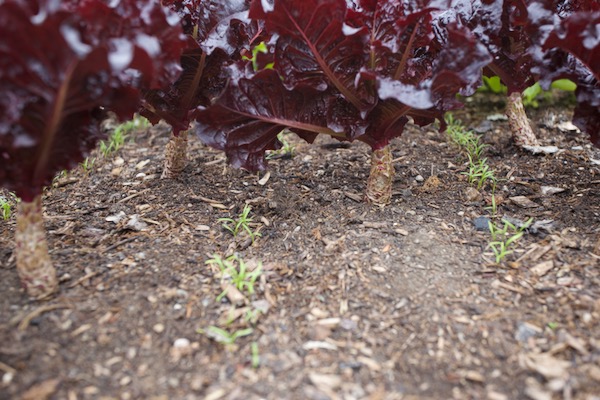

Garlic rust and compost making
Like many people in the west of England at least, we had terrible rust on the garlic and it’s all now harvested.
We compost the rusty leaves, along with everything else from the garden!
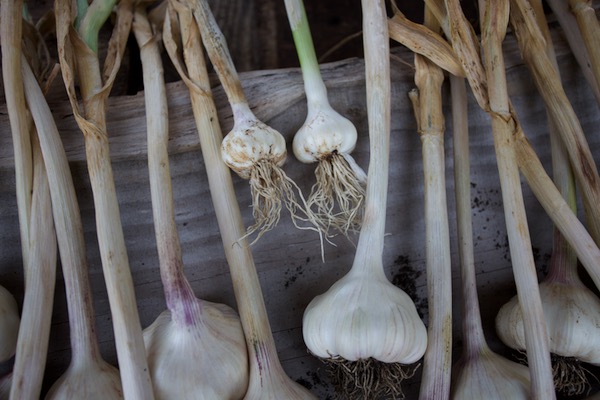
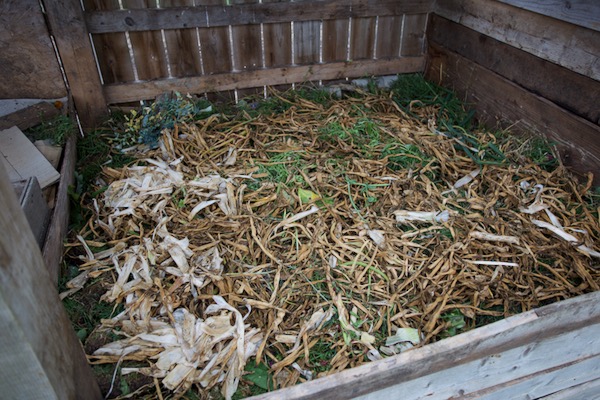
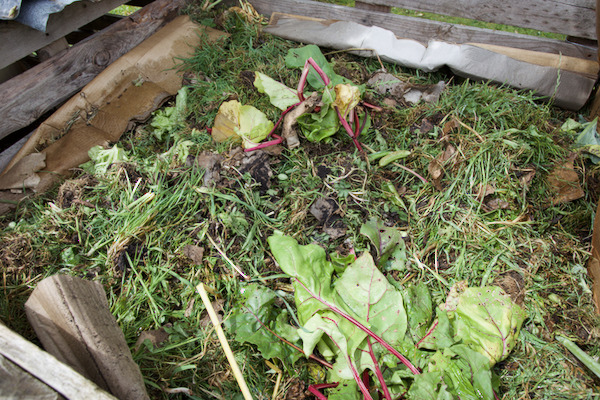
Wild and weeds
My trial of different costs and soil in sucks is proving interesting as you can see!
I am excited by the wormery, and these wildflowers are doing a great job of hiding the disappearing pond.
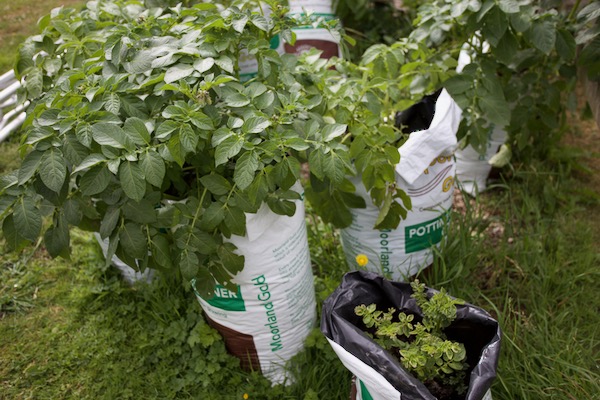
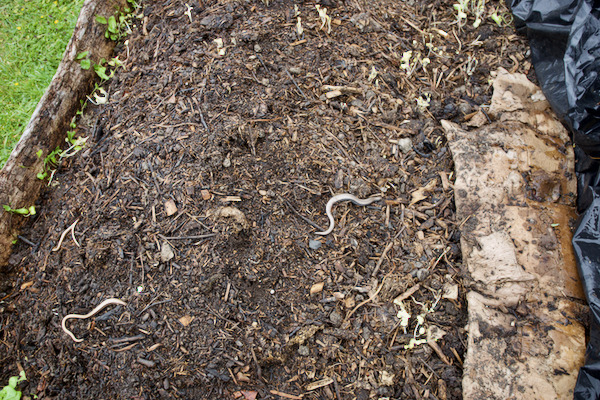









































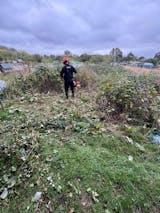
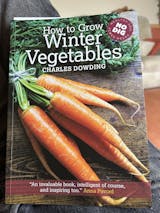


0 comments